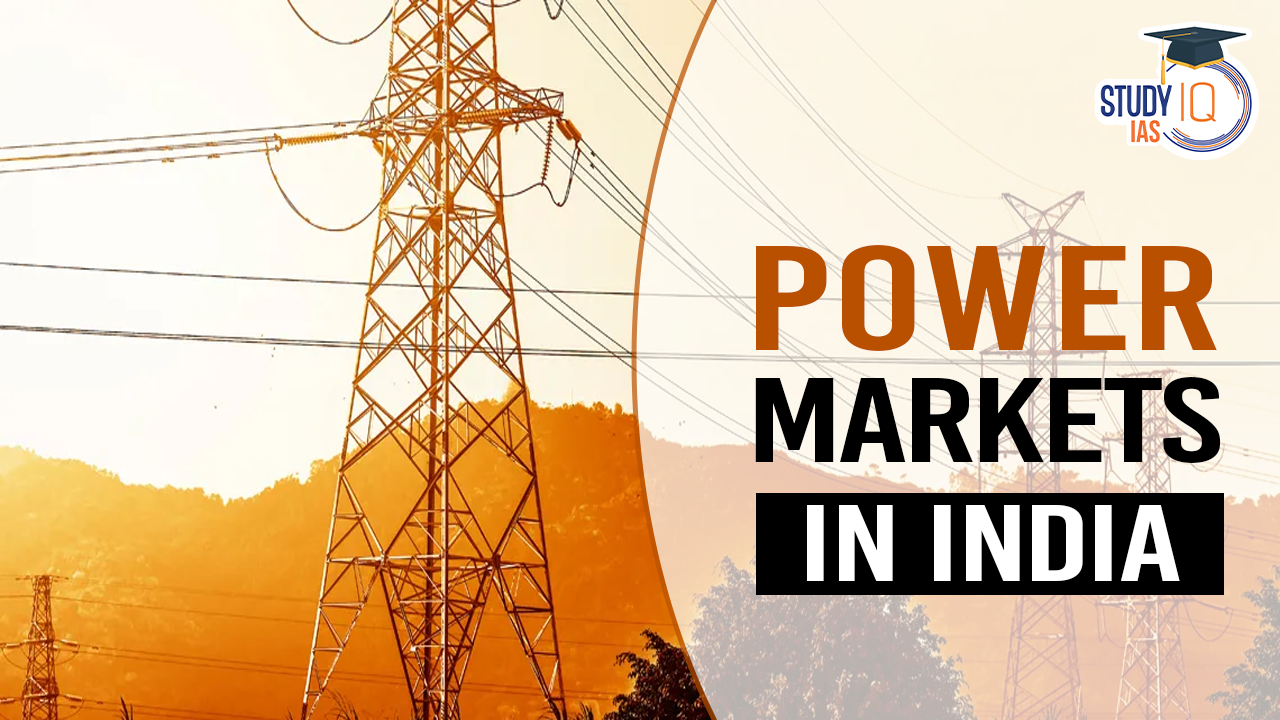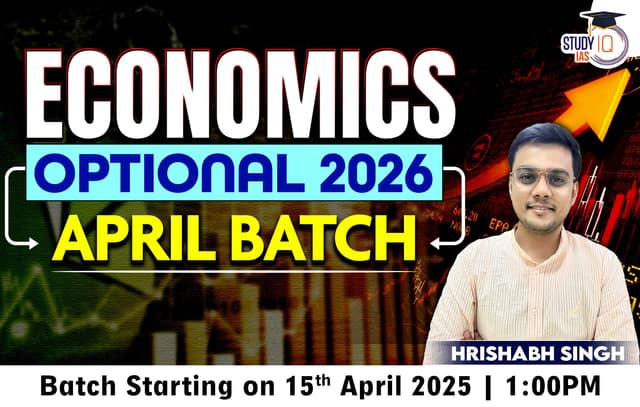Table of Contents
Context: To address peak power demand during an unusually hot summer, the government has allowed the trading of surplus electricity generated from “linkage coal” in the country’s power markets.
Coal linkages are typically allocated by the government to thermal units under long-term power purchase agreements (PPAs) with distribution companies (discoms).
Power Purchase Agreements (PPAs) and Power Markets in India
Traditional PPAs
- Generation units in India traditionally use long-term PPAs spanning about 25 years.
- These agreements bind generators to supply power at fixed rates to buyers, usually public utilities.
- PPAs are becoming less favourable due to their inflexibility and tendency to lock in significant generating capacity.
Power Markets
- Power markets provide a flexible, reliable, and transparent alternative to PPAs.
- They allow generators to respond to short-term demand fluctuations and sell surplus power at market-determined prices.
- This flexibility benefits renewable energy generators, enabling them to trade excess power rather than curtailing production.
Functioning of Power Markets
- Bidding Process:
- Buyers place bids to purchase electricity, and sellers make offers.
- The market clearing price, at which electricity is traded, is determined by the equilibrium of demand bids and supply offers.
- Market Categories:
- Spot Market: Includes the real-time market (RTM) for near-immediate delivery and the intraday market for same-day trades hours before delivery.
- Contract Markets: Facilitate longer-term trades, such as the day-ahead market (DAM) for trades a day in advance, and the term-ahead market (TAM) for trades from 3 hours to 11 days in advance.
- Renewable Energy Certificates (RECs):
- Utilities can meet renewable purchase obligations (RPOs) by buying RECs, each representing 1 MWh of renewable electricity.
- States lacking sufficient renewable capacity can purchase RECs, while those exceeding RPO targets can trade surplus RECs.
Power Exchanges in India
- Introduction and Regulation:
- Power exchanges were first introduced in Europe in 1990-91 and now operate in about 50 countries.
- The Electricity Act of 2003 established the framework for exchange operations in India, with exchanges commencing in 2008.
- The spot market was introduced in 2020, enhancing the flexibility and responsiveness of power trading.
- Major Power Exchanges:
- Indian Energy Exchange Ltd (IEX): Dominates with over 90% market share, trading 110 billion units (BU) of electricity in FY 2023-24, representing 7% of India’s total power demand.
- Power Exchange India Limited (PXIL)
- Hindustan Power Exchange Ltd (HPX)
Road Ahead for Exchanges
- Indian regulators are considering market coupling and capacity markets as the next steps for power market evolution.
- Market Coupling: Matches bids from all power exchanges to discover a uniform market clearing price, enhancing price discovery, reducing regional price disparities, and increasing market stability.
- Capacity Markets: Pay generators for their available capacity, not just the electricity produced, ensuring long-term grid reliability and incentivizing investment in generation capacity, especially for peaking power plants.
- International Context: Only a few countries, including the United Kingdom, parts of Australia, and South Korea, have developed capacity markets.
- Introducing these advanced market structures would align India’s power markets with mature international markets, attracting more investment and fostering competition in the sector.


 Utkal Divas 2025: Odisha Foundation Day ...
Utkal Divas 2025: Odisha Foundation Day ...
 List of Military Exercises of India 2024...
List of Military Exercises of India 2024...
 PAC Report on GST Reforms and Recommenda...
PAC Report on GST Reforms and Recommenda...





















